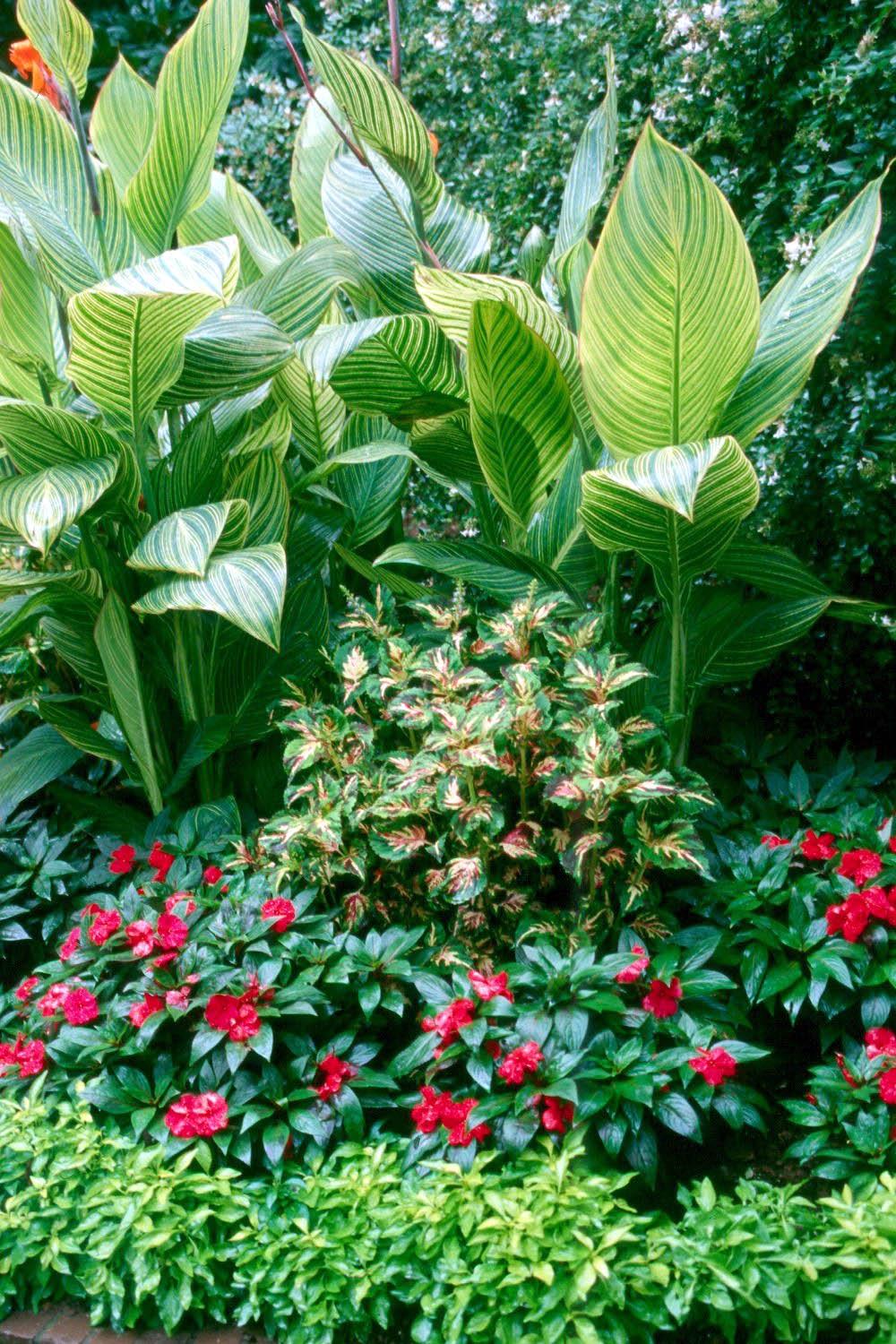Information Possibly Outdated
The information presented on this page was originally released on August 13, 2001. It may not be outdated, but please search our site for more current information. If you plan to quote or reference this information in a publication, please check with the Extension specialist or author before proceeding.
Differing leaf textures make showiest gardens
By Norman Winter
MSU Horticulturist
Central Mississippi Research & Extension Center
Never underestimate the power of foliage in the landscape. Mass plantings of coleus, cascading sweet potatoes and Joseph's Coats that provided an exciting contrast in color and leaf texture inspired me during recent trip to the Southern Nurserymen Convention in Atlanta.
Tropicals mixed in these beds showed that nothing can transform a garden as does the inclusion of plants grown for their large foliage. In home landscapes, a perennial or cottage garden suddenly changes into an exotic tropical garden by adding a couple of bananas.
In Birmingham outside the Summit shopping complex, giant taro elephant ears combined with cannas and ornamental grasses on the hillside give the feeling you might just as well be overlooking Port au Prince, Haiti. Large leaves have the ability to manage our minds and direct our thought when we view a garden.
If you were to drive through a tropical rain forest like El Yunque in Puerto Rico, you would notice huge plants and what seems an almost never-ending variety of leaf textures. Palms, rice-paper plants, umbrella plants, bamboos and saddle-leafed philodendrons are easy to grow and can change the mundane city garden into your version of the Garden of Eden.
The El Yunque forest shares a similarity between forests in Oregon, Washington or Mississippi; ferns are on the forest floor. Sure, they are more cold hardy than the version in Puerto Rico, but the look and feel are the same. Combined with a non-tropical plant like a hydrangea, they convert the look of the garden.
Variegation plays a prominent role in texture. Gardeners can get overwhelmed with a new variegated form of a plant coming out on what seems like a weekly basis. Some may be considered gaudy or unattractive, but a good variegated plant adds great beauty and interest to the landscape.
In shady gardens, the easiest way to add definition, color and character is by including variegated plants. The Aucuba, variegated shell ginger, ctenanthe, caladium and New Guinea impatiens can enhance and brighten these areas.
We also can choose plants with bold leaf texture, variegation and colorful flowers. One such plant seeing a revival in popularity is the Bengal Tiger canna, which can transform a bed from one with just annuals to a look that you might expect to see on the island of Martinique. Other great variegated cannas are the Tropicanna or Phasion, Red Stripe, Kansas City, Cleopatra and Pink Sunburst.
Coleus like Solar Sunrise and Solar Eclipse, crotons and copper plants all add bold colors and variegation to the sunnier garden. There is most likely a variegated form of whatever plant you feel passionate about.
As you develop your beds, try to incorporate some plants that stand out because of their foliage. You will find your landscape becomes much more appealing.



